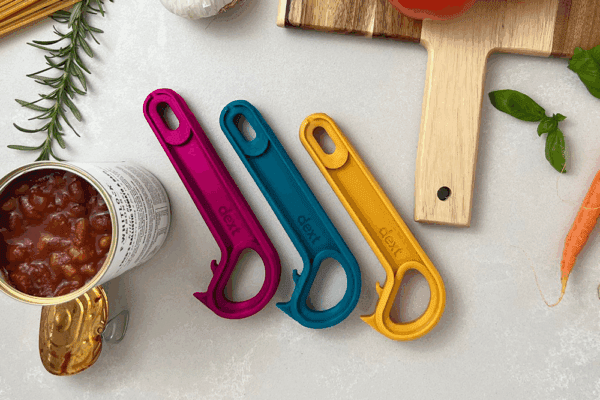
Fisher Plastics Blog // Choosing the Right Thermoplastic for Your Product Success
|
Getting your Trinity Audio player ready...
|
When it comes to plastic component design, one of the most important (and often underestimated) decisions you’ll make is material selection. The right thermoplastic doesn’t just shape your product, it determines its strength, durability, cost-effectiveness, and long-term performance. In this blog, Fisher Plastics explores the critical role of thermoplastic selection in product design, highlighting key factors such as mechanical performance, environmental resistance, aesthetic needs, and regulatory compliance.
Fisher Plastics work closely with product developers, engineers, and procurement teams to help them choose the most suitable material for their application. Whether it’s a high-performance part or a cost-sensitive consumer product, selecting the right polymer early can save you time, money, and future headaches.
Why Material Choice Really Matters
The environment your part operates in, whether it faces high stress, heat, UV exposure, or chemical contact, can make or break your design. Choosing the wrong material might result in warping, cracking, or unexpected failure.
Here’s what we encourage every client to consider:
- Mechanical stress and load conditions
- Environmental exposure (UV, moisture, heat, chemicals)
- Visual requirements like colour stability or gloss
- Regulatory needs (food-safe, RoHS, etc.)
- Assembly methods (e.g., press-fit, welding, adhesives)
A Quick Guide to Common Thermoplastics
We regularly work with a wide range of materials:
- ABS (Acrylonitrile Butadiene Styrene) – A versatile, impact-resistant plastic ideal for consumer products and enclosures. Great for: Tool handles, interior car components, casings.
- PA (Polyamide/Nylon) – Durable and wear-resistant Perfect for high-load applications. Great for: Gears, housings, bearing surfaces
- PMMA (Acrylic) - Optically clear and UV-stable A great glass replacement. Great for: Light diffusers, displays, signage.
- POM (Acetal) – Known for stiffness and low friction, it excels in precision parts. Great for: Precision gears, fasteners, moving components.
Key Factors in Thermoplastic Selection
Here’s how we guide clients through the decision making process:
- Mechanical Performance – Will the part endure repeated stress? POM may be better than ABS for dimensional accuracy under load.
- Environmental Conditions – Need UV or moisture resistance? Consider PMMA or a UV-stabilised ABS.
- Aesthetic Needs – High gloss or colour match required? PMMA and ABS are strong choices.
- Regulatory Compliance – We support projects needing UL94, FDA, ISO 10993 and more.
- Cost vs. Performance – Not every part needs a high-end polymer. We’ll help you strike the right balance.
Our Commitment to Material Expertise
We’re not just here to mould parts, we’re here to help you build better products. From sourcing specialty grades like flame-retardant or glass-filled polymers to testing and validating new materials, our team is here to guide you from prototype to production.
Let’s Build Smarter, Together
Choosing the right thermoplastic is a foundational step in product success. At Fisher Plastics, we combine technical knowledge with real-world experience to help you make informed, confident decisions right from the start.
Read more on Fisher Plastics here.
Fisher Plastics
01484 854321
Website
Email






